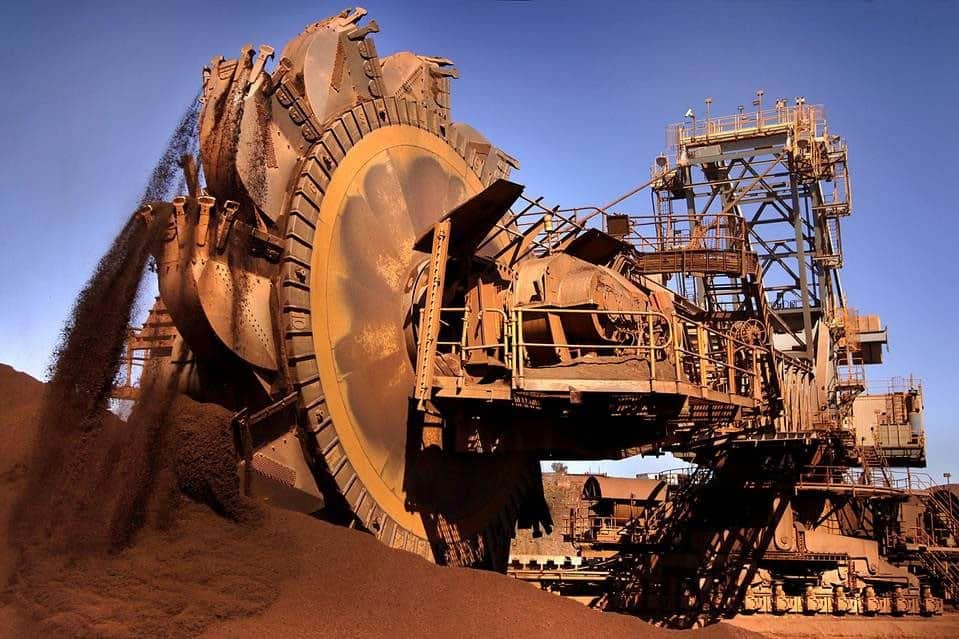With well-designed access platforms, it is possible to minimise the risks associated with working at height in different environments. From wharves and railways to offshore oil rigs and military installations, access platforms help to mitigate risks in many different settings. However, even the best access platforms will not keep workers safe if used incorrectly, which is why we have decided to review best practices for working at height in commercial and industrial environments today. We are going to discuss how to pick the right platform for specific sites and procedures and how to use them safely, so grab yourself a coffee and get comfortable.
Selecting the Right Platform for Your Needs
Working at height safely starts with selecting the right equipment for each specific task that needs to be completed, and this includes access platforms. When selecting a platform to use for a specific task, consider the following factors carefully:
- Height at Which Work Will Take Place – An access platform needs to be high enough to carry out the work that is being organised, or it will be of no use at all. It may seem like an obvious suggestion, but it’s so important we think it bears repetition. Measure the height carefully before selecting an access platform, and check all measurements several times.
- Number of People Involved – The number of people that need to access an area at height is an important factor to consider, but of more importance is the number of people that need to access the area in question simultaneously, as this will have obvious implications where access platform size is concerned. Make sure any platform you acquire is large enough to accommodate every member of your team, safely and comfortably.
- Immediate Surroundings – The location where an access platform is to be used should always be carefully considered before making an acquisition. In certain cases, the presence of specific risks may necessitate the use of a specially designed platform. If, for example, you are planning to work at height in the vicinity of live power lines, a fully insulated platform will be needed.
- Required Tools – In addition to a work team, an access platform needs to accommodate all the tools and equipment needed for a specific task. When specifying a new platform, think about the tools, machinery and personal protective gear your team will need for the job and make sure you have plenty of room for manoeuvre.
- Ground Conditions – Local ground conditions are especially important when planning outdoor working-at-height activities. If the terrain is unusually rough, slippery or challenging in some other way, allowances may need to be made for this when selecting a suitable access platform.
Having carefully considered all of the above-mentioned factors, you will be in a much better position to select a suitable access platform for any job you may be faced with.
Best Practices When Using Access Platforms to Work at Height
With all your access platforms and equipment sorted, you can minimise risks to personnel by focusing on established guidelines and recommended best practices for working at height on access platforms. Whilst these may vary somewhat according to the industry in which you are active, the guidelines below tend to be common to all industries and market sectors:
- Inspect – The more thoroughly you inspect a site before using an access platform to work at height, the less likely you are to encounter unforeseen problems. We recommend performing several inspections at different times of the day and in different weather conditions to make sure every relevant detail of a site is taken into account.
- Plan – Through careful planning, it should be possible to identify all risks ahead of time and take steps to mitigate them. With the safety of your team at stake, it would be very difficult to overstate the importance of planning when using access platforms to work at height.
- Specify – With a clear plan in place, based on the findings of your inspection, you will now be in a position to specify a platform that allows your team to work safely at height until the job is completed.
- Train – Training is of paramount importance as far as working at height is concerned. By ensuring every member of your team is well-trained, you can create a much safer working environment.
- Remain Vigilant at All Times – From the moment you start to plan, through to the successful completion of your working-at-height project, stay alert and monitor every detail carefully.
Follow these guidelines on every job your team undertakes to minimise the risks normally associated with working at height.
If you are looking for innovative access solutions in Australia, please don’t hesitate to contact us.








About The Author: Highjumpdev
More posts by Highjumpdev